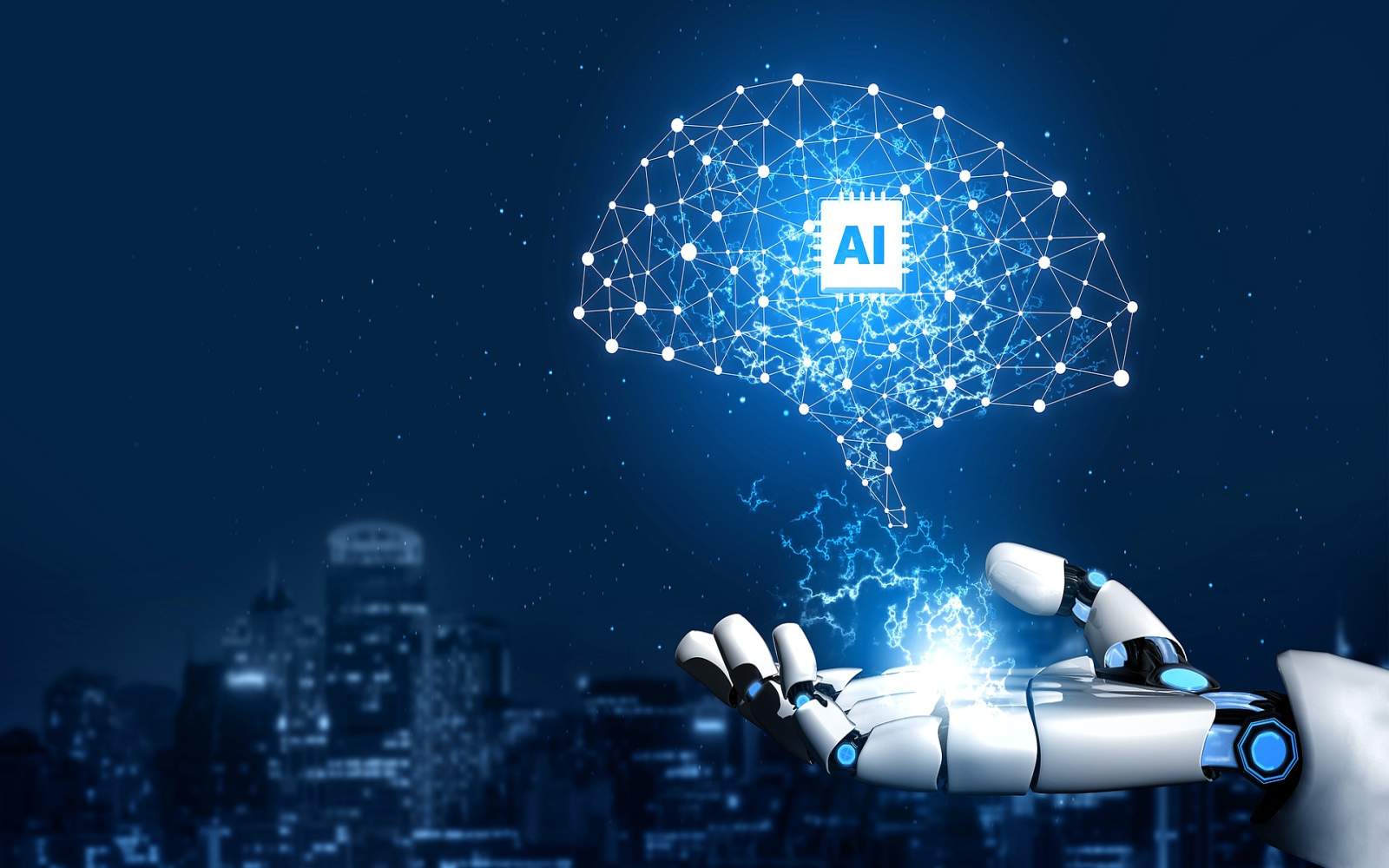The AI Shakeout: Welcome to Phase II of the AI Boom
The AI market is at a pivotal moment. The first, frenetic phase of this revolution—defined by a "win-at-all-costs" mentality and staggering capital expenditure—is drawing to a close. While many incisive analyses have highlighted the structural risks of this era, including the potential for an AI stock market bubble fueled by circular financing, the most important question now is: What comes next? We are entering a new, more pragmatic chapter in the AI story. This is the guide to "Phase II"—an era where the rules for success are being rewritten, and the winners will be determined not by hype, but by brutal efficiency and real-world application.
The investment strategies that defined the initial gold rush will not be the ones that win the long game. Understanding this fundamental shift is the key to navigating the great AI shakeout that lies ahead.
The End of the Megalodon: The Great Efficiency Shift
Phase I was the age of the megalodon—a race to build the biggest, most powerful AI models with the highest parameter counts, regardless of the cost. The focus was on raw capability, driven by the "Compute Arms Race." The immense "inference cost" associated with running these behemoth models was seen as a necessary evil, a problem to be solved later.
Phase II is the dawn of the piranha. The new heroes of the AI world will be smaller, faster, cheaper, and highly specialized models. The focus is shifting dramatically from raw power to performance-per-dollar. Techniques like model distillation (training a smaller model to mimic a larger one), quantization (reducing a model's numerical precision), and fine-tuning open-source models for specific tasks are becoming the key drivers of innovation.
For investors, this means the narrative is changing. The companies that will thrive are not just those with access to massive GPU clusters, but those with the expertise to optimize their AI operations for maximum efficiency. The ability to deliver powerful results at a fraction of the cost will become the single most important competitive advantage, directly addressing the "Great Disconnect" between valuations and real-world profitability.
The Empire Strikes Back: The Rise of the AI-Enabled Incumbent
The first phase of the AI boom was dominated by a handful of AI-native startups and the tech giants that bankrolled them. They had the initial vision and the technical talent. Phase II, however, will see the awakening of established industry leaders—the "old economy" incumbents in sectors like banking, manufacturing, healthcare, and logistics.
These companies possess two assets that AI startups desperately lack: decades of proprietary, industry-specific data and a massive, existing customer base. A major hospital system, for example, can use its millions of anonymized patient records to train a diagnostic AI far more accurate than any general-purpose model. A global logistics firm can use its years of shipping data to create a predictive routing engine that is untouchable.
In this new phase, AI becomes less of a standalone product and more of a powerful weapon for existing market leaders to widen their moats. The value migrates from the creators of the general technology to the domain experts who can apply it most effectively. This means investors should start looking for solid, profitable businesses that are using AI to supercharge their core operations.
The Unbundling: From Monolithic Platforms to a Specialized Ecosystem
Phase I was characterized by an attempt to create monolithic, "all-in-one" AI platforms, primarily from the major cloud providers. The goal was to own the entire AI stack, from the foundational model to the developer tools and the cloud infrastructure it runs on.
Phase II will be defined by the "unbundling" of this stack. As companies become more sophisticated, they will move away from relying on a single vendor. They will adopt a "best-of-breed" strategy, mixing and matching components to create the perfect solution for their specific needs. They might use an open-source model from one provider, data-labeling tools from a specialized startup, and security and monitoring software (MLOps) from another.
This unbundling creates a vibrant ecosystem of opportunities for smaller, highly focused companies to thrive by being the best in the world at one specific part of the AI lifecycle. It breaks the stranglehold of the giants and rewards specialization and excellence. For investors, this opens up a new universe of "picks and shovels" plays, not just in hardware, but across the entire software and services landscape.
Conclusion: Navigating the Great AI Shakeout
The AI market is maturing. The initial phase of boundless hype and unrestrained spending is giving way to a new era defined by efficiency, real-world application, and specialization. The very nature of what it means to be a "winning" AI company is changing before our eyes.
The investment landscape is shifting in tandem. The focus must move from the builders of the raw infrastructure to the shrewd operators who can use it most profitably. By understanding the transition to smaller models, the rise of AI-enabled incumbents, and the unbundling of the AI stack, you can position yourself for the next, more sustainable phase of growth.
To fully appreciate the environment we are transitioning *from*, and the pressures that are forcing this evolution, a deep understanding of the initial market structure is essential. We strongly recommend you revisit our original, foundational analysis of the "Trillion-Dollar Illusion" to see the full picture of the challenges that are now being addressed.
![]() Do you find this article helpful and valuable? Did you learn useful and interesting information that matters to you? Help others discover this valuable knowledge by leaving a comment below and sharing it with your friends and network.
Do you find this article helpful and valuable? Did you learn useful and interesting information that matters to you? Help others discover this valuable knowledge by leaving a comment below and sharing it with your friends and network.


Comments